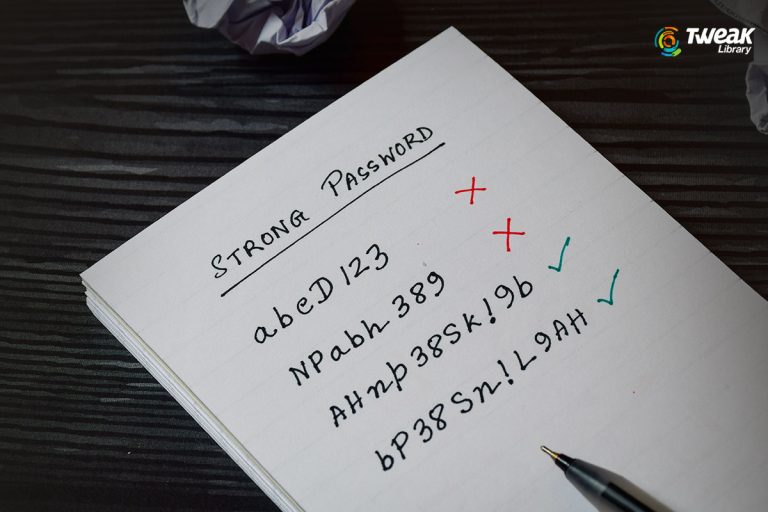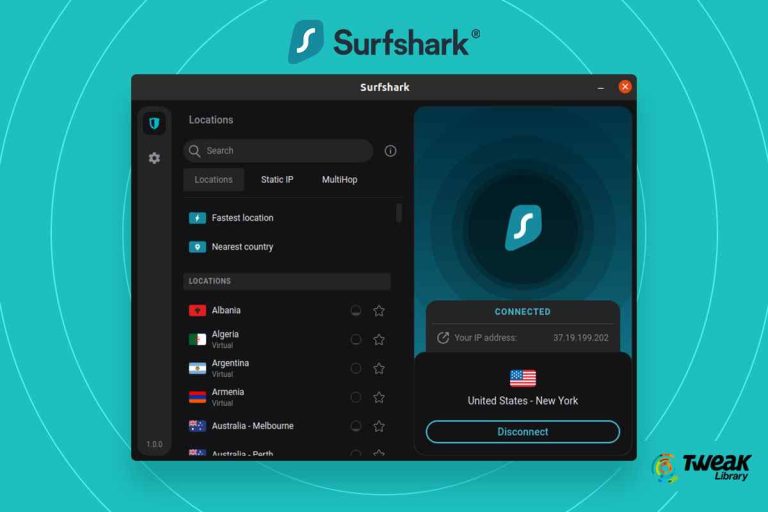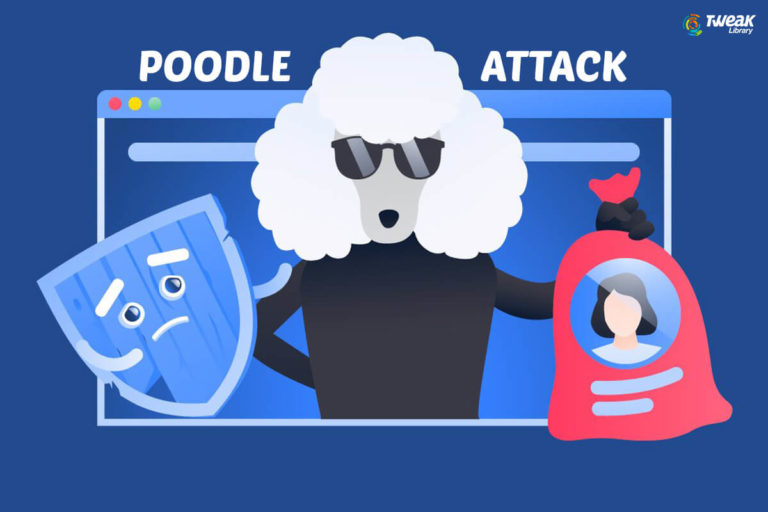Cybersecurity threats are rising in prominent way with every passing day. As per the latest trends, there is an increment in hacked and breached data from sources, mostly prevalent in offices such as the Internet of Things and smartphones. Moreover, most of the small and large-scale firms have unsecured data which makes them an easy target to cybersecurity threats. It is time to take cybersecurity serious and work towards making our data secure.
In this post, we’re going to share the top cybersecurity figures, facts & statistics for this year which will help you to understand cybersecurity practices in place along with their security vulnerabilities.
Downfall of Ransomware

After the outburst of last few years of WannaCry and NotPetya ransomware which was used to encrypt your files and demand the ransom in the form of Bitcoin in the return of the data was made to the headline of malware of the decades. However, in the second half of 2017, the malware infection started dropping their real value and remain as 10% of infection in the year 2017.
The Rise of Crypto Mining
As Bitcoin was doing really well in the year 2017 and early 2018, so cybercriminals have changed their interest from ransomware to crypto mining to demand the victims to transfer their bitcoins. Hackers find tempting to infect the machines with the bitcoin-mining tool without their knowledge to gain more financial benefits. Moreover, in the first half of 2018, around 90 % of the whole remote code execution threats tool places with crypto mining.
The Growth of File Less Attacks

Image Source: ZDNet
Also Read : Cyber Security Insurance: A New Age Scam?
Earlier malware threats used the .exe files attached in an email to target the users, but these threats were easily identified and blocked by the anti-virus tools. So, hackers change their way of targeting people. The new method which was adopted by hackers was a file less malware which is more common nowadays.
This method was capable of exploiting antimalware and antivirus tool and execute the Microsoft Office macros and browser plug-in for allowing to download large executables on the machine. Moreover, the file less threats can exploit weaknesses and loopholes in server programs to insert spiteful executable code along with the Equifax breach. According to Ponemon Institute’s Security Risk Report, 77% of the 2017 compromised attacks were made by using the file less method.
Persisting Effect of Breaches

Image Source: Revision Legal
Due to the continued attacks on the infrastructure it is important to identify breaches which have already happened and fixed to avoid the major damages. For an instance, the study found the data breach of 2017 Ponemon was successfully recognized data breaches within 28 weeks. This number was completely shocking due to its high raise in over 6 months. However, the number was slightly improved as compared to the figure of the year 2016, which was between 28-29 weeks.
Malware Attacks You Through Emails
We all have received messages where companies and banks ask to ignore old email attachments. It is because it is the most common and straightforward way to infect your device. According to Verizon’s 2018 Data Breach Investigations and researches report, 92 % of malware are transferred by the email and their attachments.
Most phishing attacks are performed by the common method of sending infected emails attachments, which is constantly growing in numbers by every passing day. According to figures, out of the 1,300, IT safety surveyed report of CyberArk Global Advanced Threat Landscape 2018, 56 % of targeted people have been targeted by the phishing attacks.
Industrial Control System Seems Susceptible
The Industrial control system is highly concentrated on the software and hardware of a computer which seems giving the smarts for all be it from nuclear power stations to manufacturing plants which are also attacks cybercriminals. As per the report of 2017 Business Advantage State of Industrial Cybersecurity, altogether 54 % of firms experimented and underwent industrial control system security occurrence for the last one year, wherein only sixteen percent has undergone 3 and more.
So, it seems like, there is no protection has been provided for who has powers to gain access these critical and serious systems. Well, according to the report, 55 % of sampled firms permitted external parties, for an instance service providers and business partners to go through the belonging industrial control network.
What about the Internet of Things systems?

Image Source: Harbor Research
Internet-connected industrial control systems indicated the 1st wave of the IoT systems. However, there are millions of Internet of Things devices are available in the industry which clearly reflects inviting attack surface which needs to be the shield. So, let’s have a look at the figures of 2018 report of Trustwave security:
According to the report, only 64 % of analyzed organizations have implemented the Internet of Things devices, wherein the remaining 20 % of the firms decided to the same by the next year. However, 28 % of those firms have seriously counted on their Internet of Things security tactics.
Must Read : What Threats Do Third-Party Tools Bring Along?
So, these are some of the top cybersecurity figures, facts & statistics for this year which will not only help you to stay protected but help you keep an eye on the latest cybersecurity knowledge.






Leave a Reply